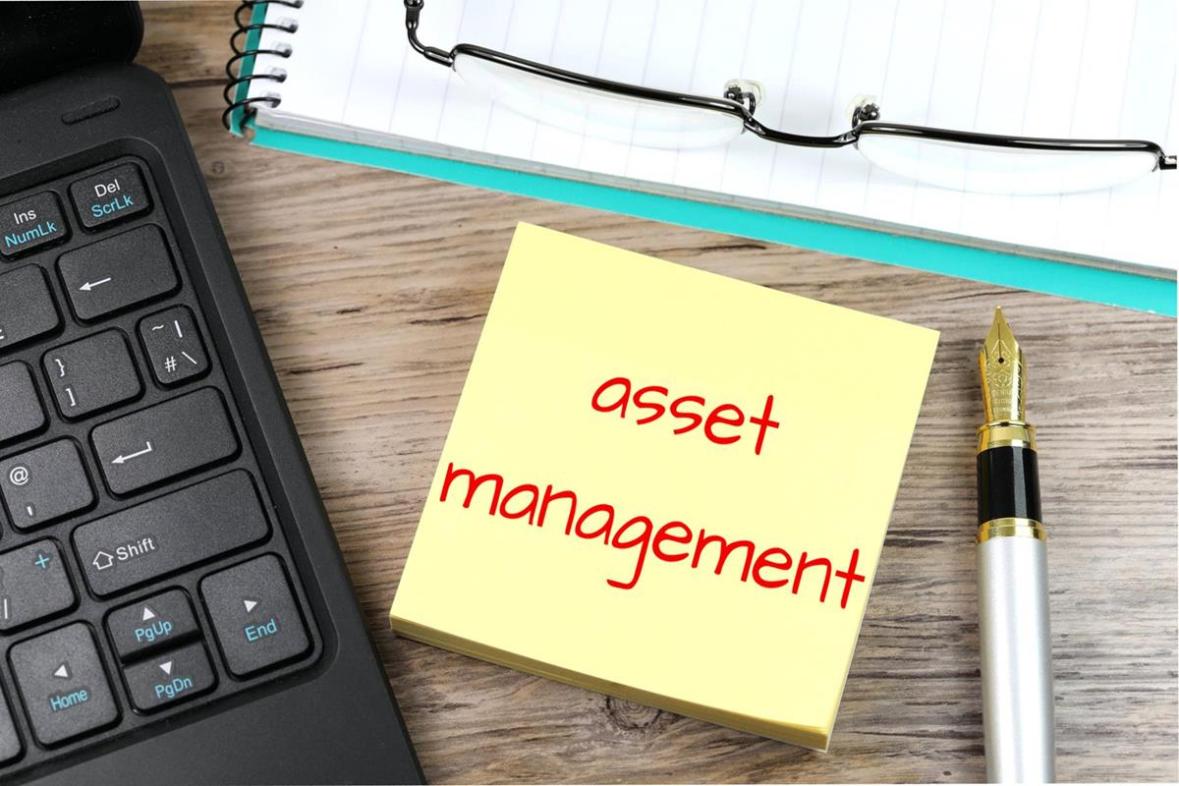How Can I Get Started with Home Asset Management?
Home asset management is a crucial aspect of responsible homeownership. It involves tracking, maintaining, and planning for the financial well-being of your home, ensuring its value and functionality over time. Effective home asset management can provide numerous benefits, including:

- Increased home value
- Reduced maintenance costs
- Improved financial planning
- Peace of mind knowing your home is well-maintained and protected
Step 1: Inventory Your Assets
The first step in home asset management is to create a comprehensive inventory of all your home-related assets. This includes:
- The home itself, including its square footage, number of rooms, and amenities
- Major appliances, such as refrigerators, stoves, and dishwashers
- Furniture and other household items
- Outdoor structures, such as decks, patios, and sheds
For each asset, record its purchase date, cost, and current estimated value. You can use a home inventory app or a simple spreadsheet to keep track of this information.
Step 2: Track Expenses And Maintenance
Once you have an inventory of your assets, it's important to establish a system for tracking expenses and maintenance. This will help you keep your home in good condition and avoid costly repairs in the future. Track all expenses related to your home, including:
- Mortgage payments
- Property taxes
- Homeowners insurance
- Utilities
- Maintenance and repairs

Use a home maintenance log or software to keep records of all maintenance and repairs performed on your home. This will help you identify patterns and schedule preventive maintenance to avoid major issues.
Step 3: Set Financial Goals
Once you have a handle on your expenses and maintenance, it's time to set financial goals for your home. Consider your long-term plans for the property and determine how you want to use it to achieve your financial objectives. Some common financial goals for homeowners include:
- Increasing the value of your home through renovations or improvements
- Paying off your mortgage early
- Building equity in your home
- Generating rental income from your property
Create a budget and savings plan to help you achieve your financial goals. Consider consulting with a financial advisor for personalized guidance.
Step 4: Monitor Home Value
Tracking the market value of your home is an important part of home asset management. This will help you understand the potential return on your investment and make informed decisions about your property. Use online tools or a real estate agent to track the market value of your home. Consider factors that may affect your home's value, such as neighborhood trends and recent renovations.
Step 5: Protect Your Assets
Protecting your home assets is essential to ensure their long-term value. Obtain adequate homeowners insurance to cover potential losses due to fire, theft, or natural disasters. Consider additional coverage, such as flood or earthquake insurance, if necessary. Implement security measures to protect your home from theft or damage, such as installing a security system, deadbolts, and motion-activated lights.
Step 6: Plan For The Future
Create a home asset management plan that outlines your goals and strategies for the future. Consider potential scenarios, such as downsizing or selling your home. Determine how you will manage your assets in these situations and seek professional advice from a financial advisor or real estate agent as needed.
Home asset management is an ongoing process that requires regular monitoring and updating. By following these steps, you can protect and grow your home assets, ensuring their value and functionality for years to come.
YesNo

Leave a Reply